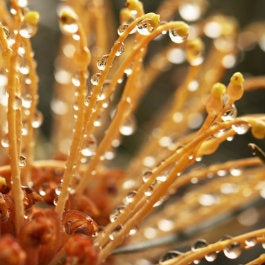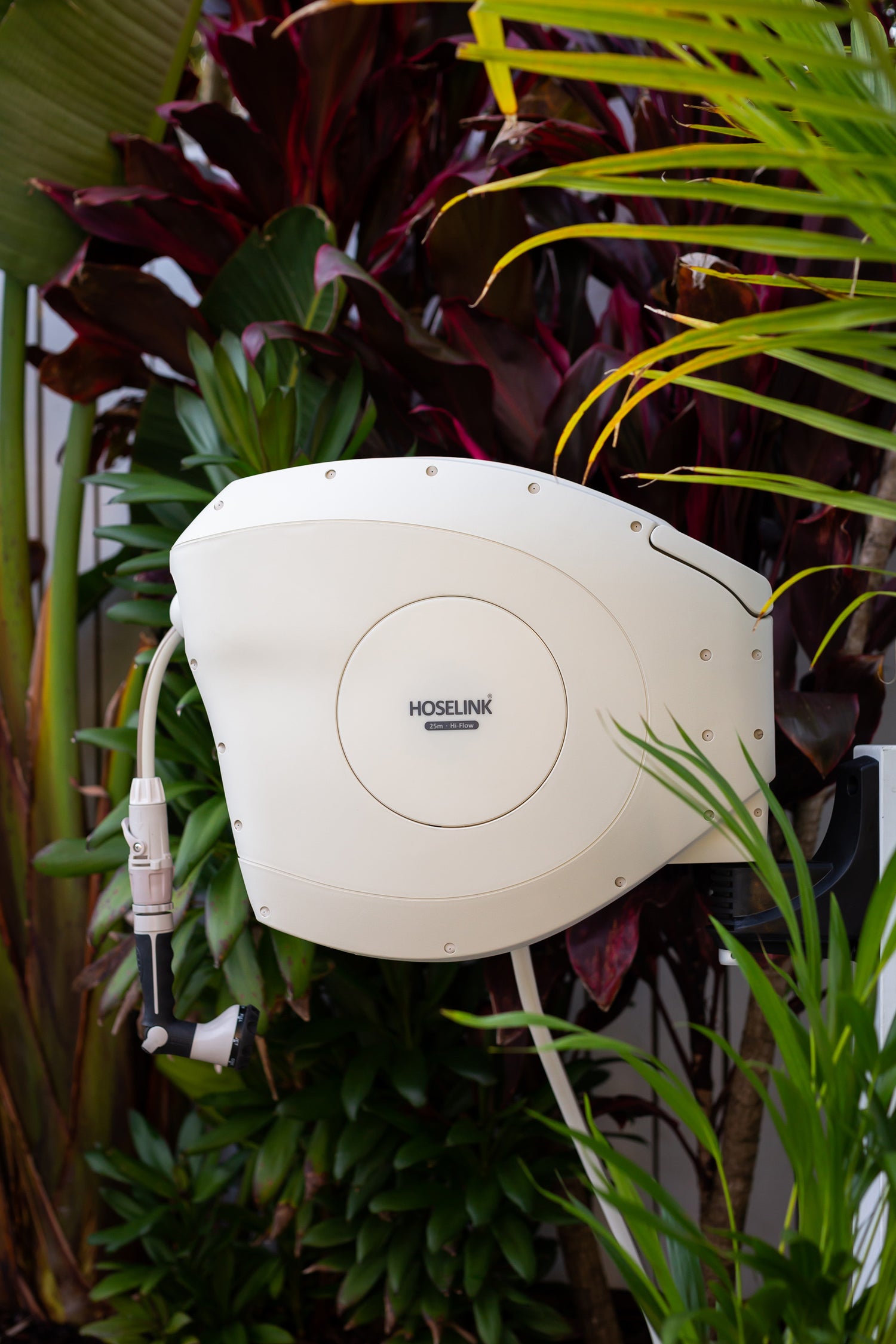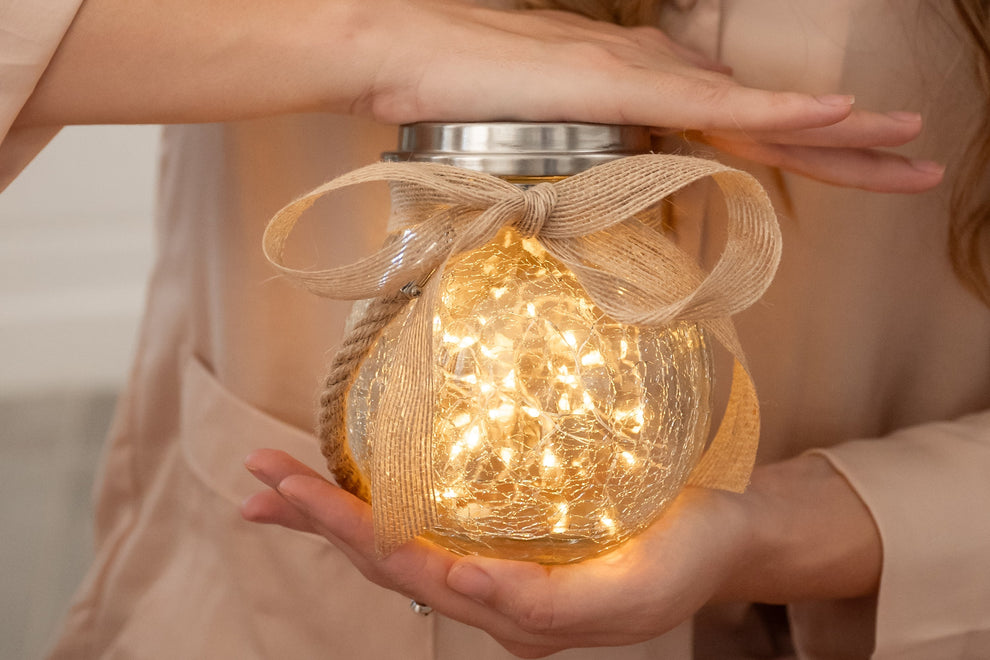
Australia has such a vast variety of climates and weather patterns that what flourishes in your garden in New South Wales will not necessarily grow well for your neighbours in North Queensland. We want our gardens to look fresh and manicured all year round, but what are the best plants for you to grow that are hardy and require little maintenance?
Coastal regions

For those lucky enough to be living near the beach, your plants will likely take a battering from strong winds, salt sprays, a lack of nutrient-rich soils and high sun exposure. In such harsh conditions, you may find yourself struggling to keep your garden in check. Coastal regions include northern areas of New South Wales, southern Queensland and south west areas of Perth in Western Australia.
Plants with a silver-grey foliage, such as coastal rosemary (Westeringa furticosa), have small grey-green leaves that cope well with bright light while its naturally rounded foliage lends itself to surviving strong coastal winds. Most of the year coastal rosemary will be covered in small white flowers making the plant a perfect accompaniment to other flora growing in your garden. Coastal rosemary can cope through dry periods and light frosts very well. Ideally, coastal rosemary is suited to low borders when kept trimmed to compact its growth, or potted along patios and balconies. This plant is highly versatile and requires minimal maintenance.
Similarly, Fiji Fire (Metrosideros) is a low-growing, salt tolerant shrub that blooms with massive red bottlebrush flowers. This little round native adds plenty of vibrancy to any coastal garden and is ideal for mixing with other plants. The large flowers prove attractive to nectar-feeding birds and its three metre maximum height lends itself as an excellent windbreak and privacy screen.
For larger leafy plants you can't go past a red edge (Pandanus Utilis). This plant’s dramatic lime green leaves stretch out to reach the sun. Lined with bright red, jagged outer leaves this plant is perfect for growing along poolsides or coastal ledges. If you're looking for a hardy plant to vamp up your garden, this shrub ticks the box.
If a tree will make your coastal garden oasis pop, then the Pandanus species is an ideal choice. Native to Australia, the Pandanus has a thick sculptural trunk with pineapple-like tufts of leaves growing on top. These trees are particularly loved as each tree has its own unique shape.
Tropical and equatorial zones

These zones are very hot and humid and exposed to wet and dry seasons. Areas including the coast of the Northern Territory, Western Australia, north of Broome, and the high north of Queensland from Cairns upwards, get exposed to extreme temperatures of 30 degrees and higher and can receive around 1500mm rainfall in a single wet season. The dry season is between May and September when these areas will experience low humidity and rainfall. During this time there are extreme water restrictions and lack of moisture for plants.
Because of these extreme seasonal conditions, the best plants to grow in these regions include the exotic red silk floss tree (Bombax Ceiba). These trees bloom in mid to late winter with flowers boasting on average five thick orange/red petals in a season. The trunk, which can grow to 20 metres high, is covered in spikes to protect itself from animals who threaten to eat the soft wood.
The shower of orchids (Congea Tomentosa) is a tropical evergreen vine which is perfect to establish on trunks of taller, older trees. When in bloom, the vine sprouts with pink flowers completely covering the rest of the foliage. As the flowers age, the colour turns to lighter shades of lavender until eventually, the vine returns to a deep green. These vines are very hardy and much older specimens can be found in the Kuranda National Park in Cairns, high up in the canopy 15 metres above ground.
If you are looking for a versatile plant that takes care of itself look no further than the tufted bluebell (Wahlenbergia Communis). A part of the perennial herb family, this plant can grow to a height of around 40 centimetres and spread to around 30 centimetres in diameter. This plant makes a stunning display when planted en masse, in rockeries or simply in garden veranda pots. Expect to see wide-set blue petals atop blue-green foliage on long stems. The tufted bluebell is frost and shade tolerant. They do prefer moist, well-drained soils, however, in extra dry seasons the plant will die off and reshoot from the taproot when conditions are more favourable.
Temperate climates
.jpg)
Temperate areas include states such as Australian Capital Territory, Tasmania and the lower region of South Australia. With hours of sunlight per day being quite high along with an extreme range of temperatures, where summers are hot and dry with little to no rainfall and winters drop into the negatives with waves of frost, these climates can become challenging in the garden.
Wattle (Acacia) are the best Australian natives to survive and thrive in these conditions. Wattle varieties come in shades of cream to gold and pink to red flowers, all of which are arranged in inflorescences that may be either globular heads or cylindrical spikes. You can expect wattle to flower throughout the year and they are extremely fuss-free thanks to being an Aussie native. Wattle is excellent for the garden due to the large variety that can diversify the look of your outdoor space. They range from a low-growing crawler plant species to a higher shrub or tree. With initial pruning, you will find that acacias will flower all year round accompanied by a delicate perfume which is sure to fill your garden with that homely bushland feel.
If you are looking for a more vibrant display then why not plant daffodil bulbs? This flowering perennial will barely need any maintenance and is not fussy whether it is placed in full sun or shade. Originating from Europe, the daffodil has fragrant trumpet-like flowers blooming in shades of cream, yellow, orange and white, sure to bring Mediterranean vibes to your garden all spring long. Daffodils have a low-water requirement and are fire-retardant, so you can rest assured your garden will slow the intensity of fires once bushfire season starts.
Important notes
While particular plants have been advised for your region it is worth noting that each garden location has its own local microclimate. According to the Australian Bureau of Meteorology (BOM), if you live in a gully or on a hill or plateau, each terrain will have slightly different variations, such as what side of your garden will receive more sunlight and how the wind and frost exposure will differ. It is well worth taking a trip to your local garden centre and exploring the best options for your own microclimate.


.JPG)








